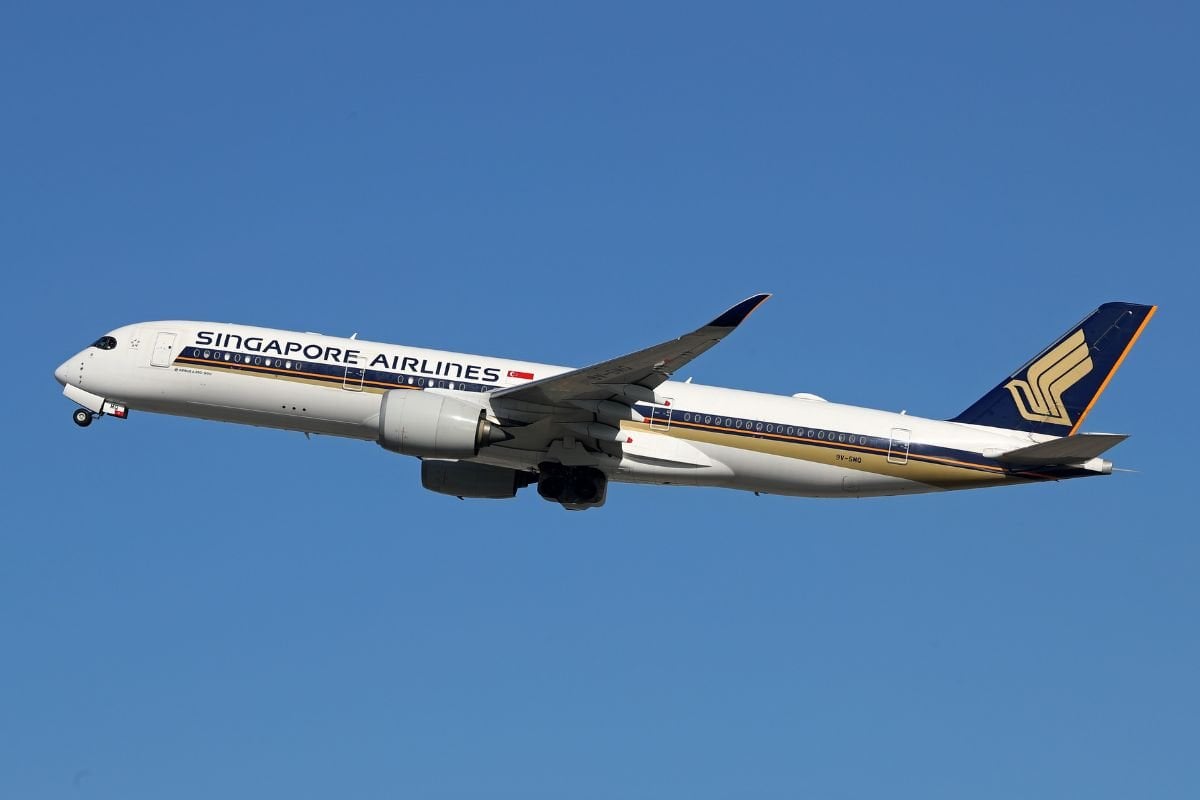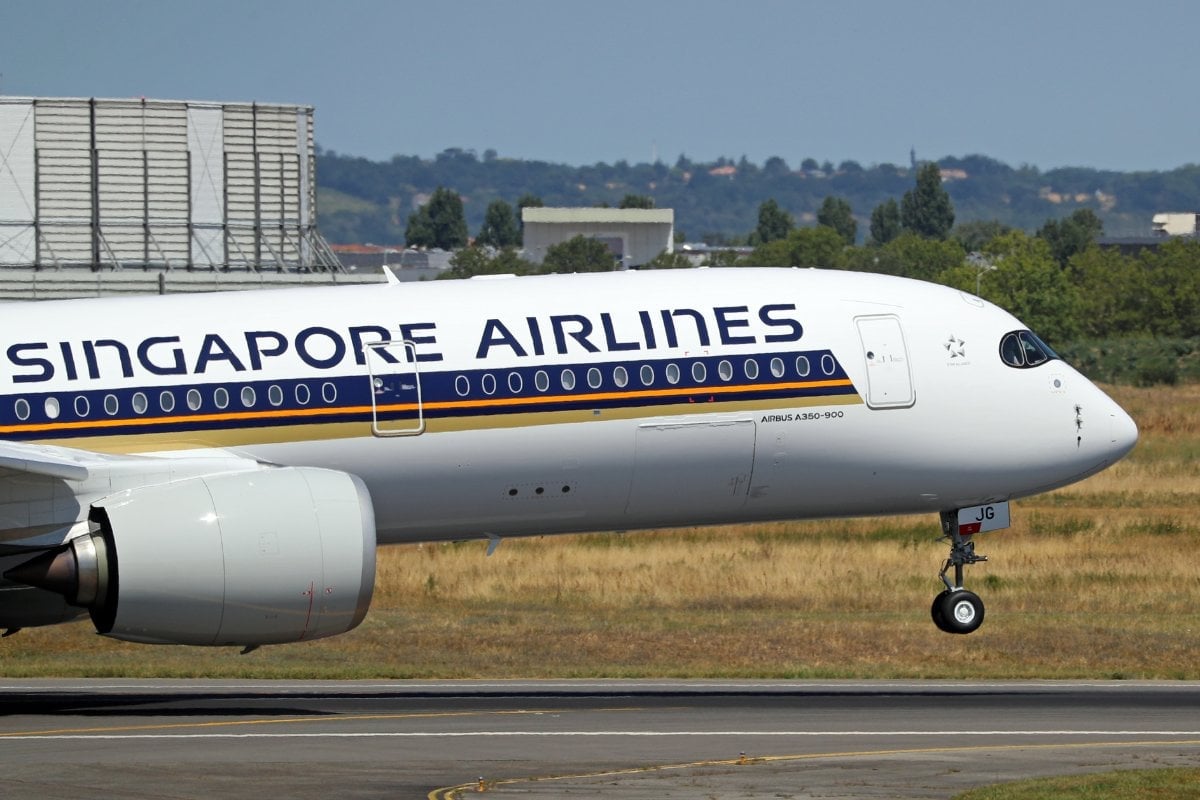
One passenger has been killed and 30 have been injured after a Singapore Airlines flight from London hit severe turbulence, forcing it to make an emergency landing in Bangkok, officials and the airline say.
The flight from London and bound for Singapore fell into an air pocket while cabin crew were serving breakfast before it encountered turbulence, prompting the pilots to request an emergency landing, Bangkok Suvarnabhumi Airport's director, Kittipong Kittikachorn told a press conference.
The 73-year-old British man who died during the incident has been named as Geoffrey Kitchen. His passing was likely as a result of a heart attack, Kittikachorn said.
According to The Guardian, the grandfather and his wife Linda boarded the flight from London and were set to spend six weeks in Australia.
Close friends of the deceased said Geoffrey, a retired insurance professional turned amateur dramatics performer, was a "well-loved man" who was "clever, funny (and) a fantastic performer."
18 people have been hospitalised and 12 are currently being treated in hospitals, Singapore Airlines said.
"Singapore Airlines offers its deepest condolences to the family of the deceased. We deeply apologise for the traumatic experience that our passengers and crew members suffered on this flight," the airline added, saying it was working with Thai authorities to provide all necessary assistance.
What happened on the Singapore Airlines flight?
 Image: Getty
Image: Getty
